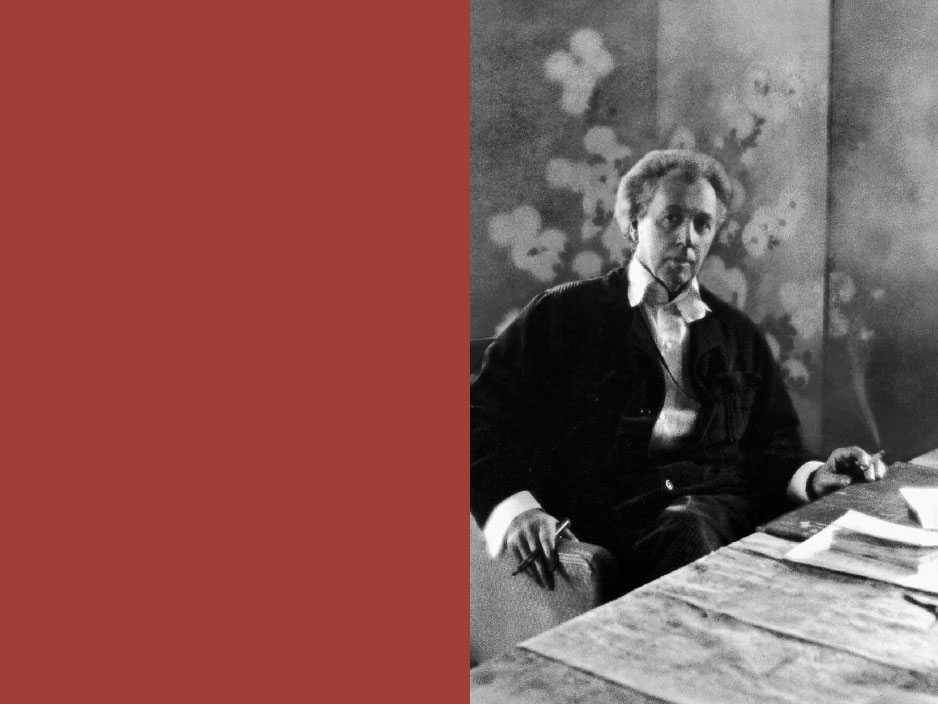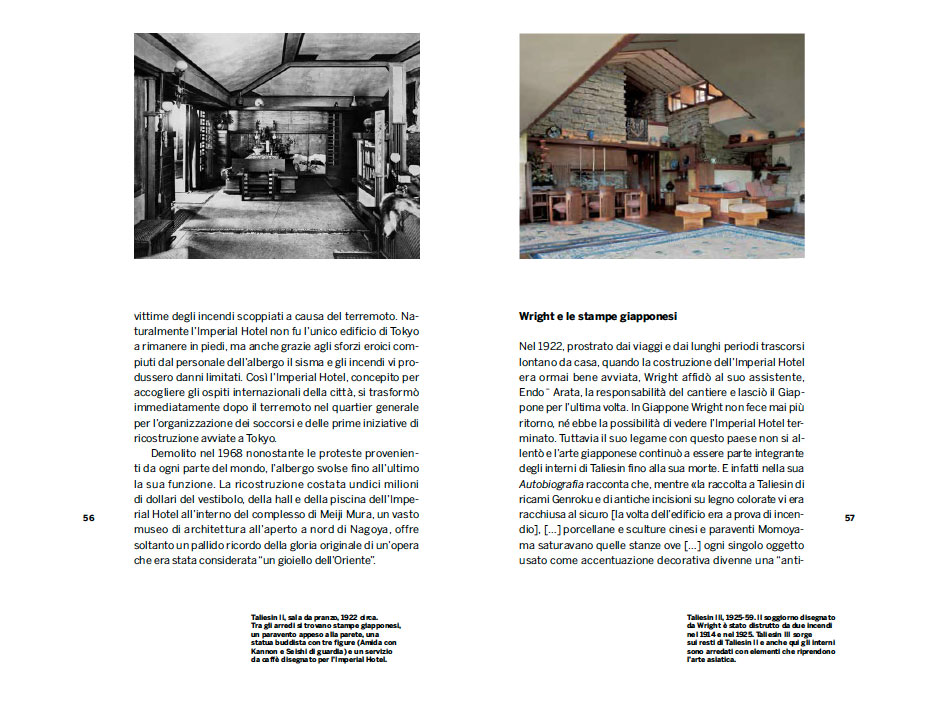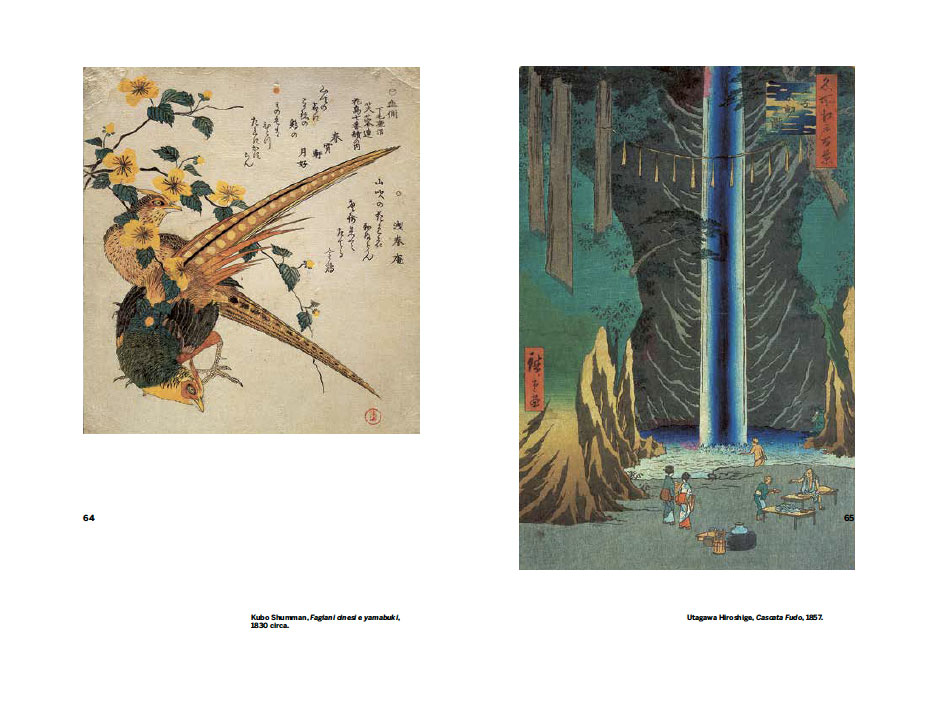“I have never confessed to you the extent to which Japanese prints inspired me. I have never written off that first experience and never will. It was for me the great gospel of simplification, that which leads to the elimination of the superfluous”. (Frank Lloyd Wright, 1954)
In the new layout of the famed Aeta – Architects and Architecture series, the second Italian edition of The Japanese Print. An Interpretation (1912) by Frank Lloyd Wright, accompanied by an important reflection on the relationship between the architect and Japanese culture. Between 1905 and 1922 Frank Lloyd Wright made seven trips to Japan, where he stayed for extended periods. He became one of the greatest connoisseurs of Japanese prints, which he collected avidly. As seen in Hokusai’s erotic woodcuts or Hiroshige’s landscapes, a “brushing that remains infinitely far from all touching” is the secret that Wright grasped in ukiyo-e prints, not unlike Japanese architecture’s “dwellings of the imagination and the imperfect”. Like the prints of the “quiet magicians” he admired, the traditional architecture that inspired him so much was, for Wright, a manifestation of “the advancement of the great doctrine of simplification, of the elimination of all that is insignificant”, as we read in The Japanese Prints.
- Format
- 14x21
- Binding
- paperback
- Pages
- 124
- Year of publication
- 2022
- ISBN
- 9788892822191
- Language
- Italian
- Genre
- Architecture
- Publisher
- Electa



